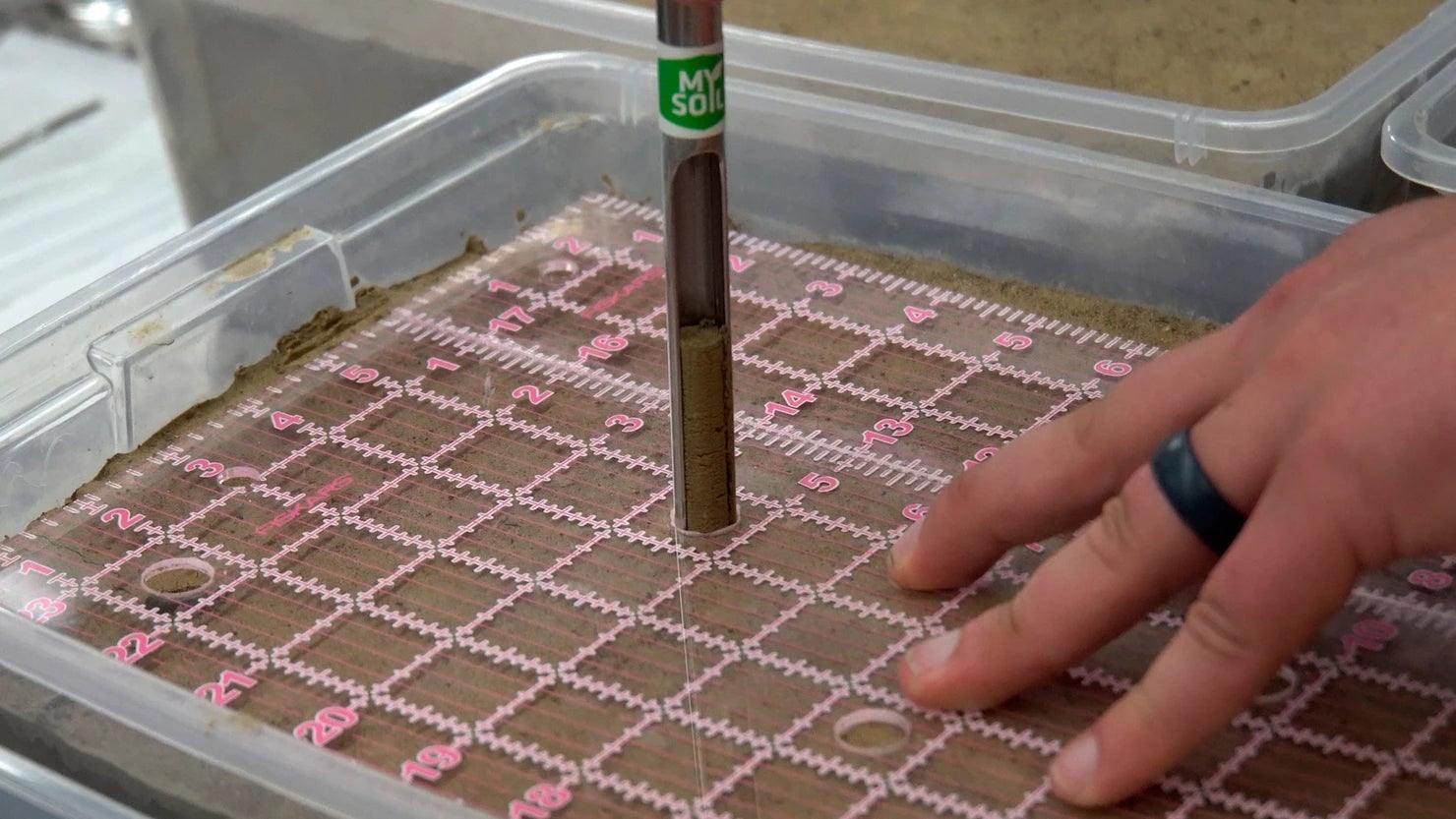Here at MySoil we often get questions from DIYers about soil pH adjustments, both up and down. What should I apply? How much? How long does it take to work? How does it work? To help answer these questions we invited Matt from SoiLab to design and implement a pH adjustment trial that will perform 240 MySoil tests to ensure replicated and reliable data. Remember that the soils used in this trial are just a small sample, but directional trends should be similar to your own application. Depending on the unique chemistry of each individual soil, the time it takes to adjust a soils pH will vary. Keep amending and monitoring until you find the “sweet spot”.

Share:
Chelated Zinc Fertilizers
Chelated Zinc Fertilizers